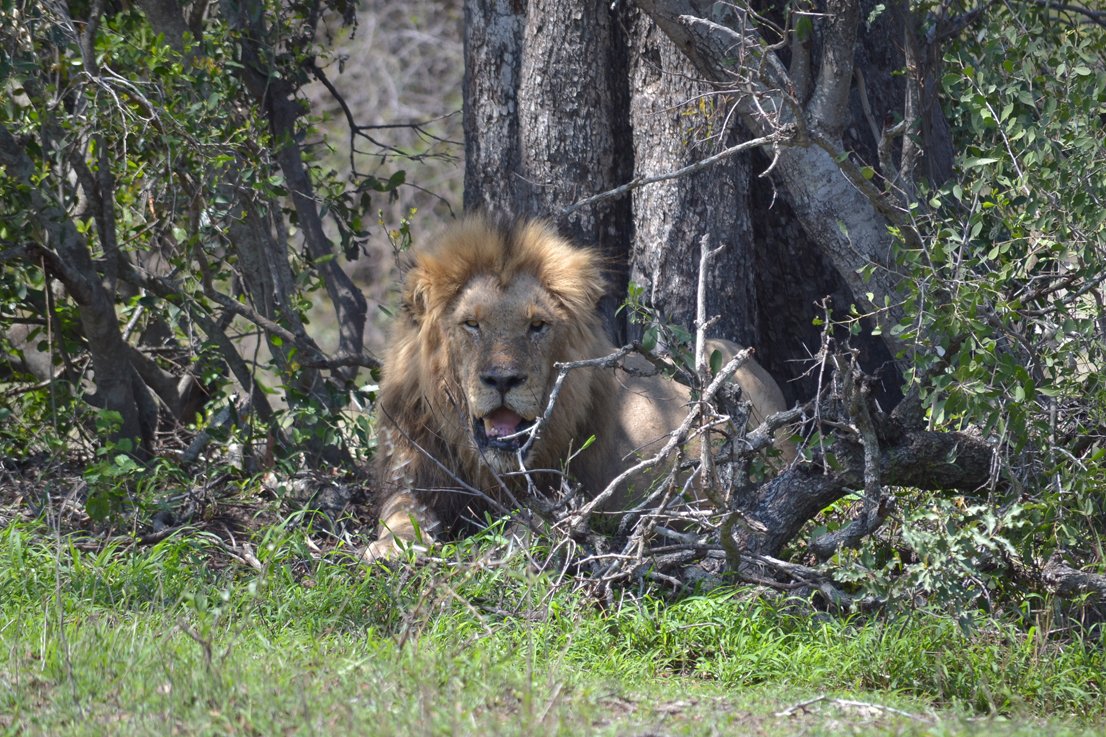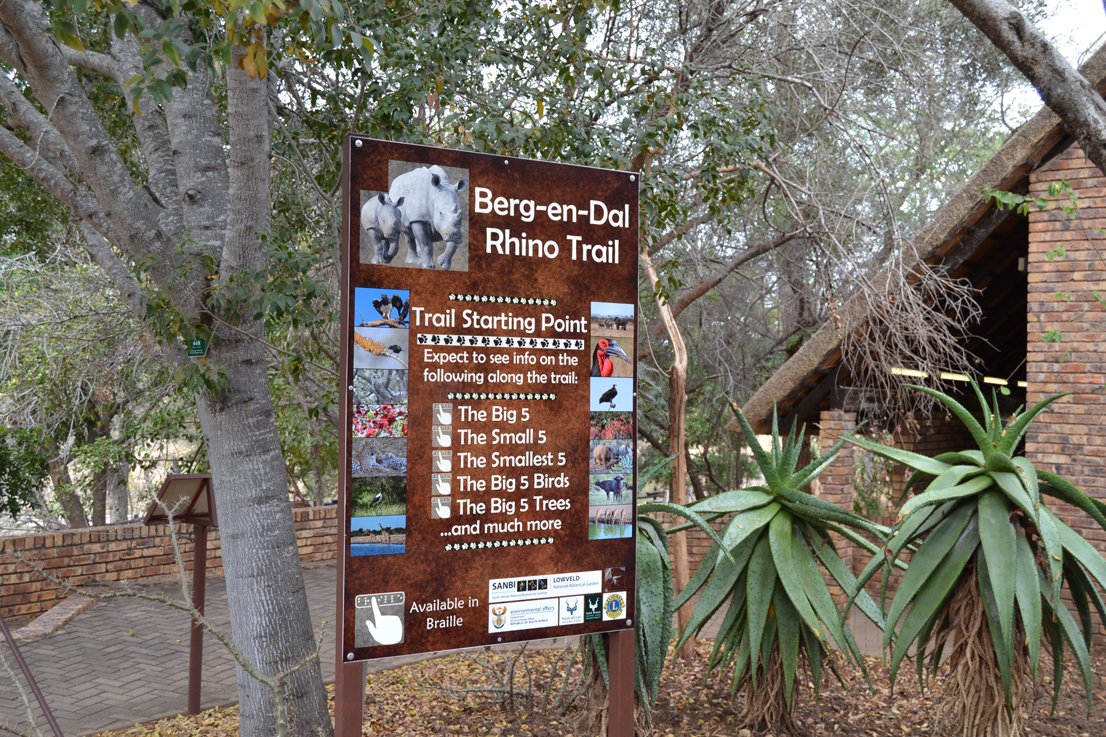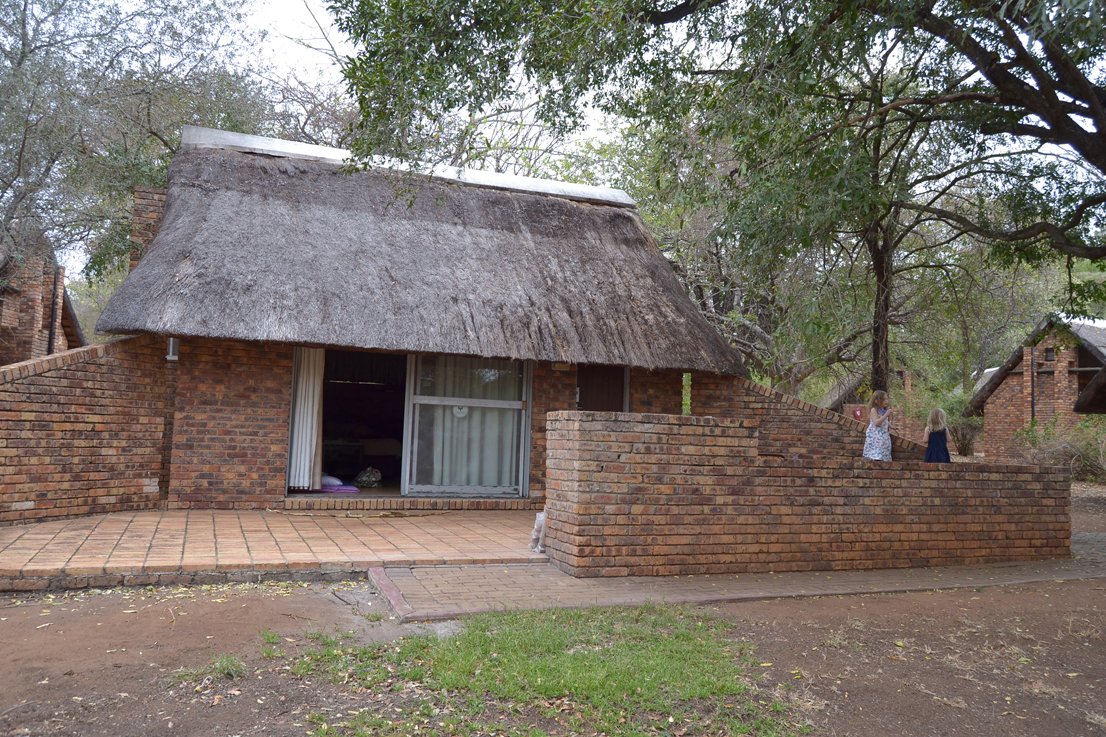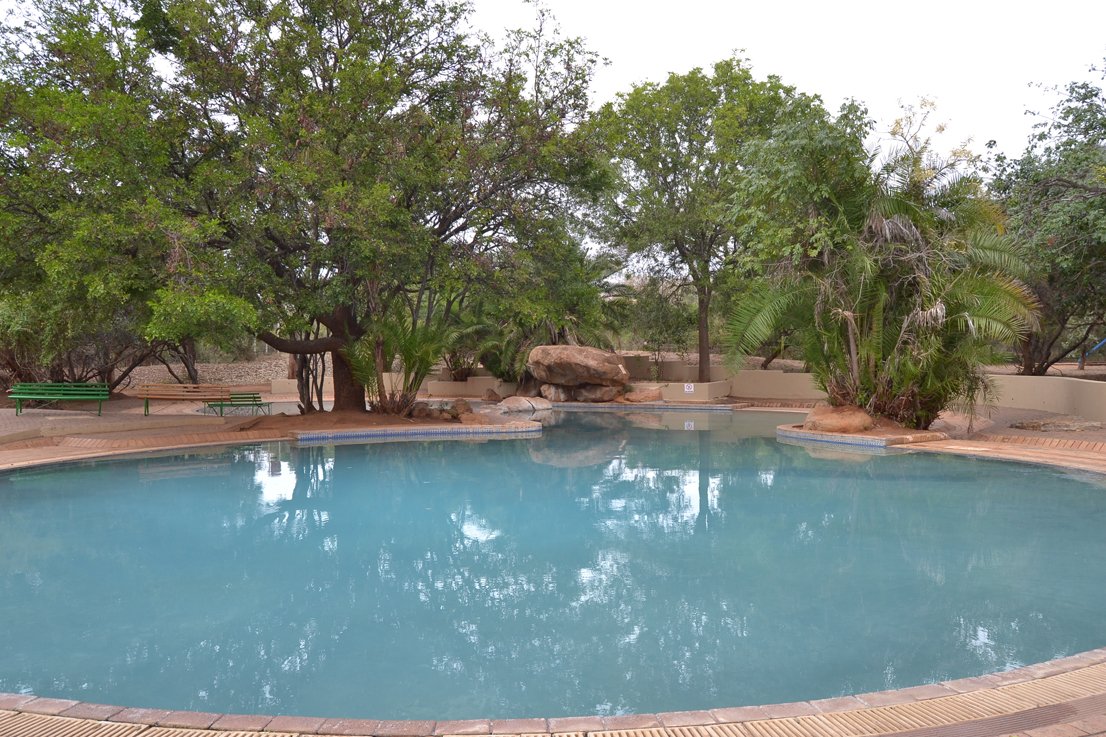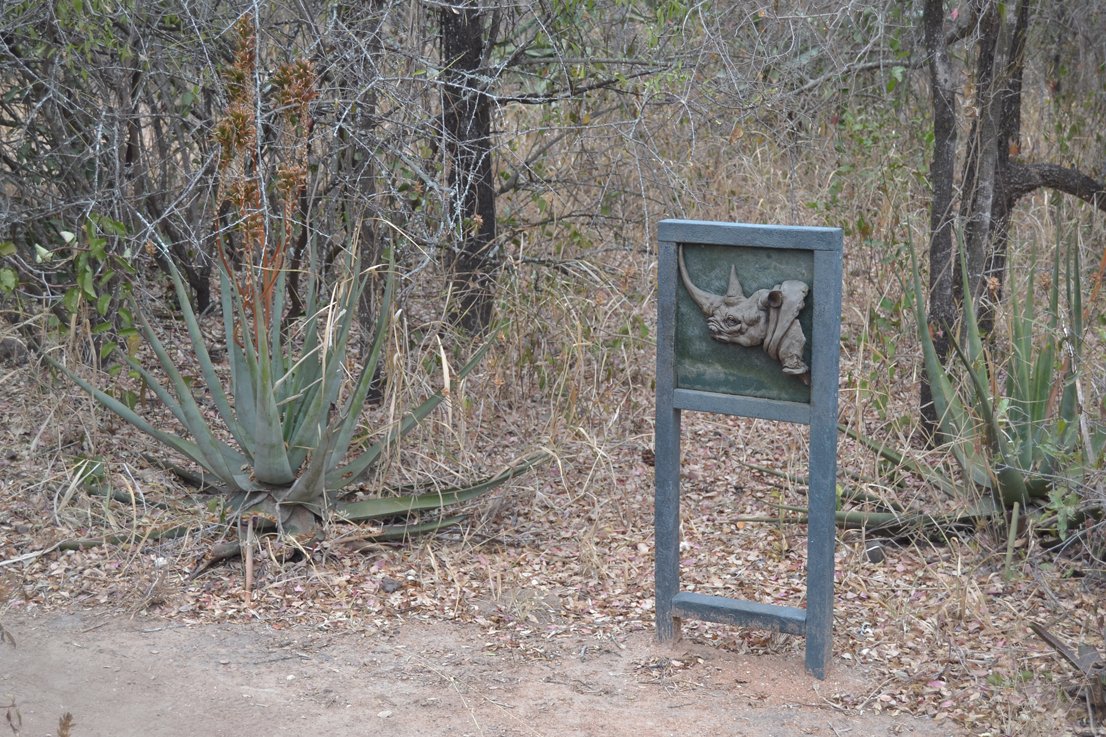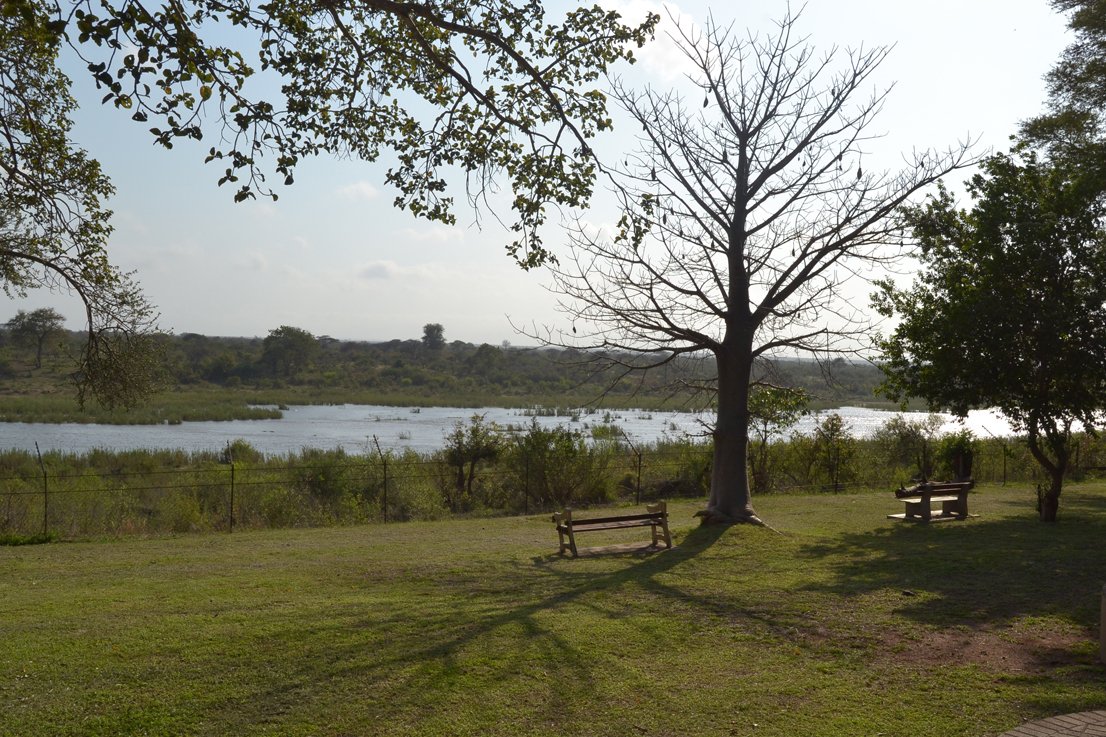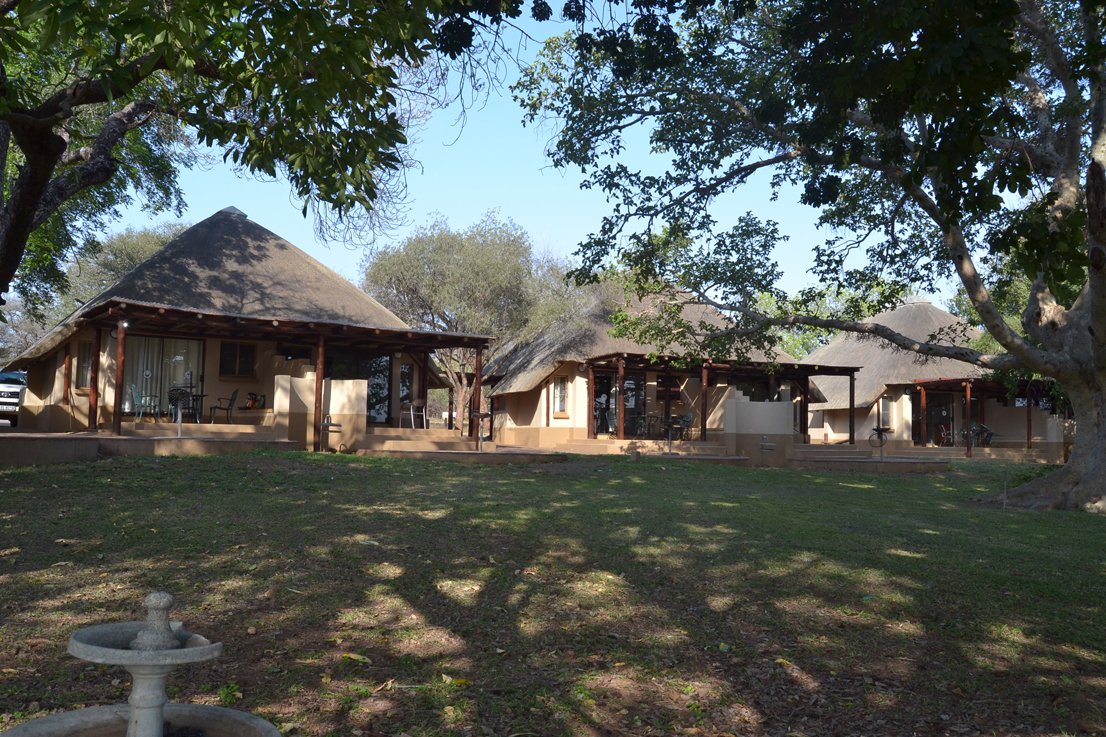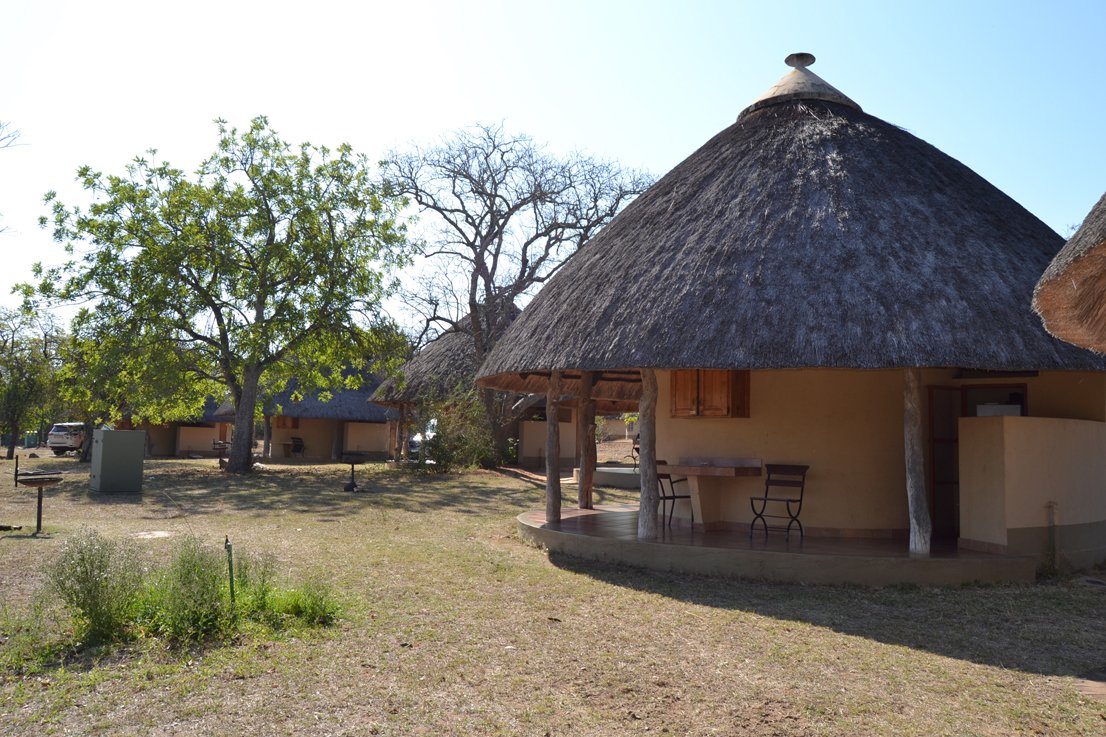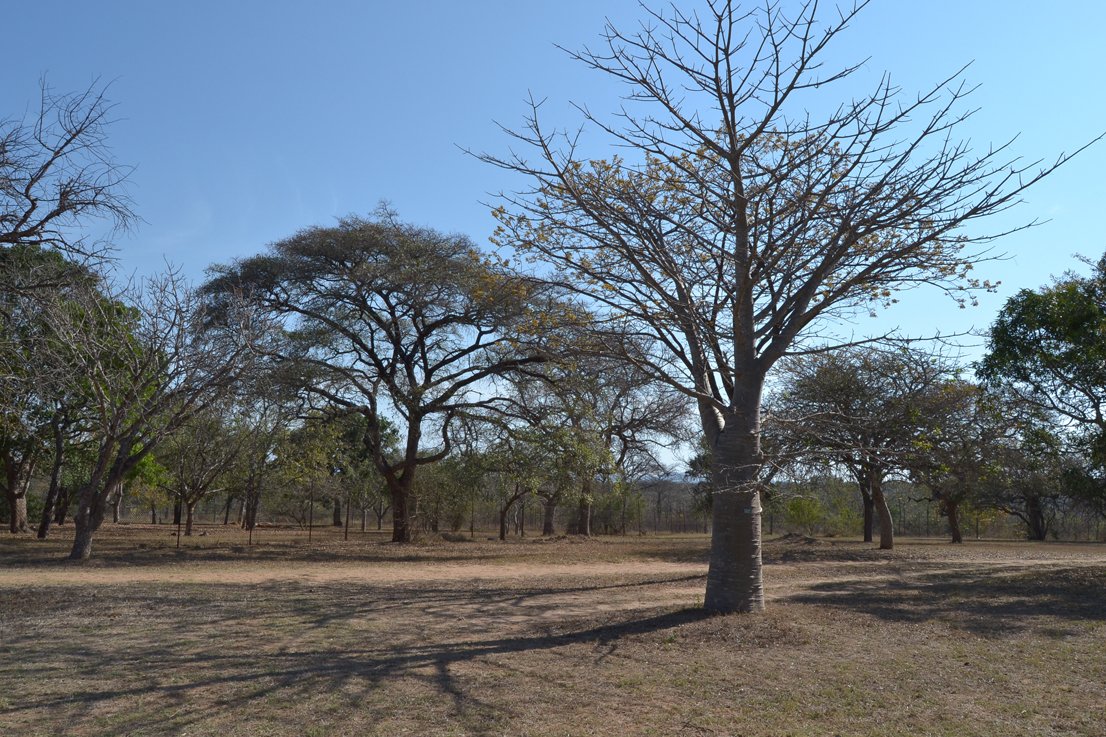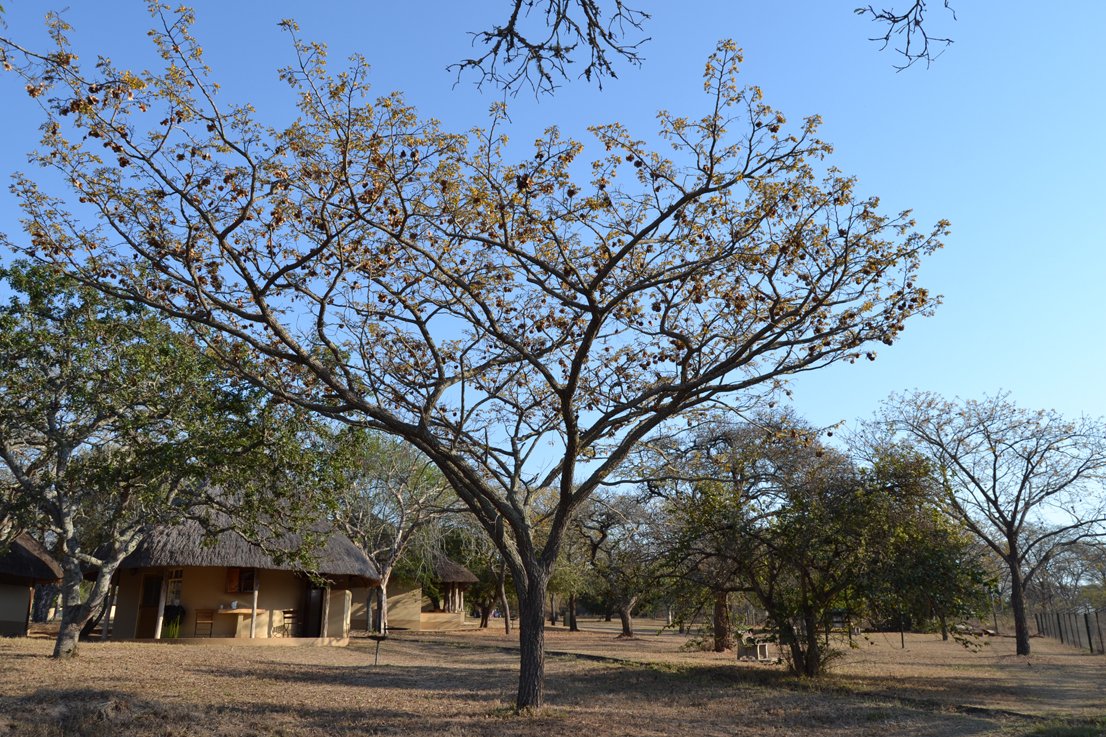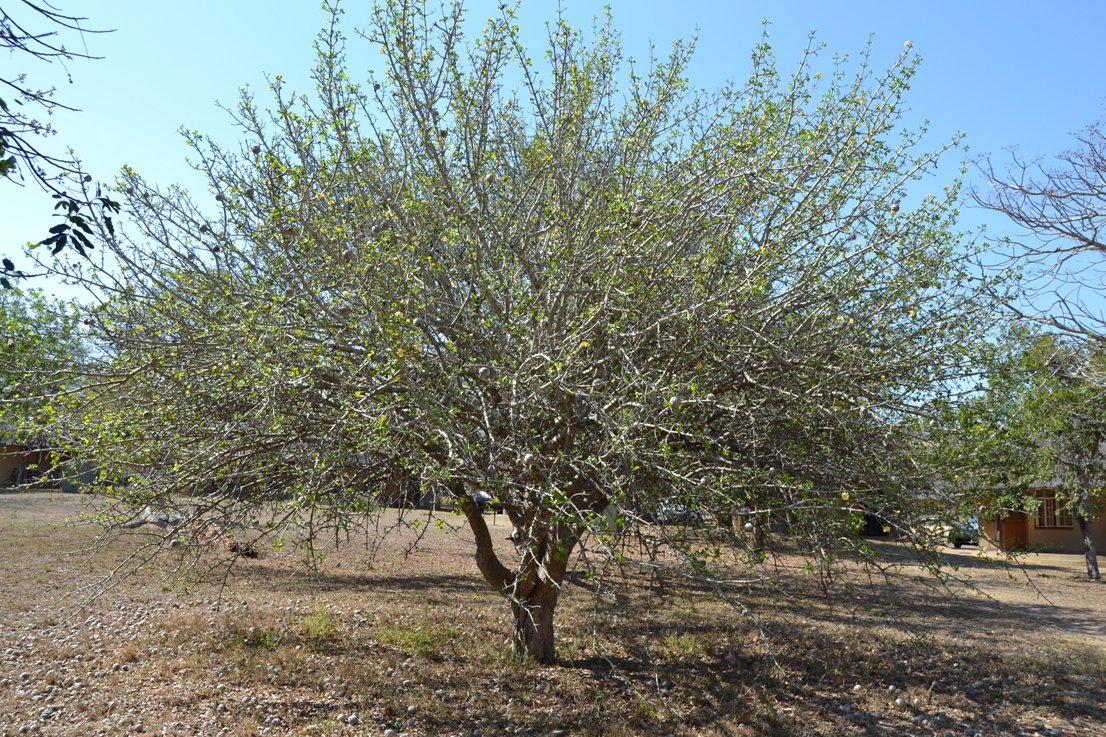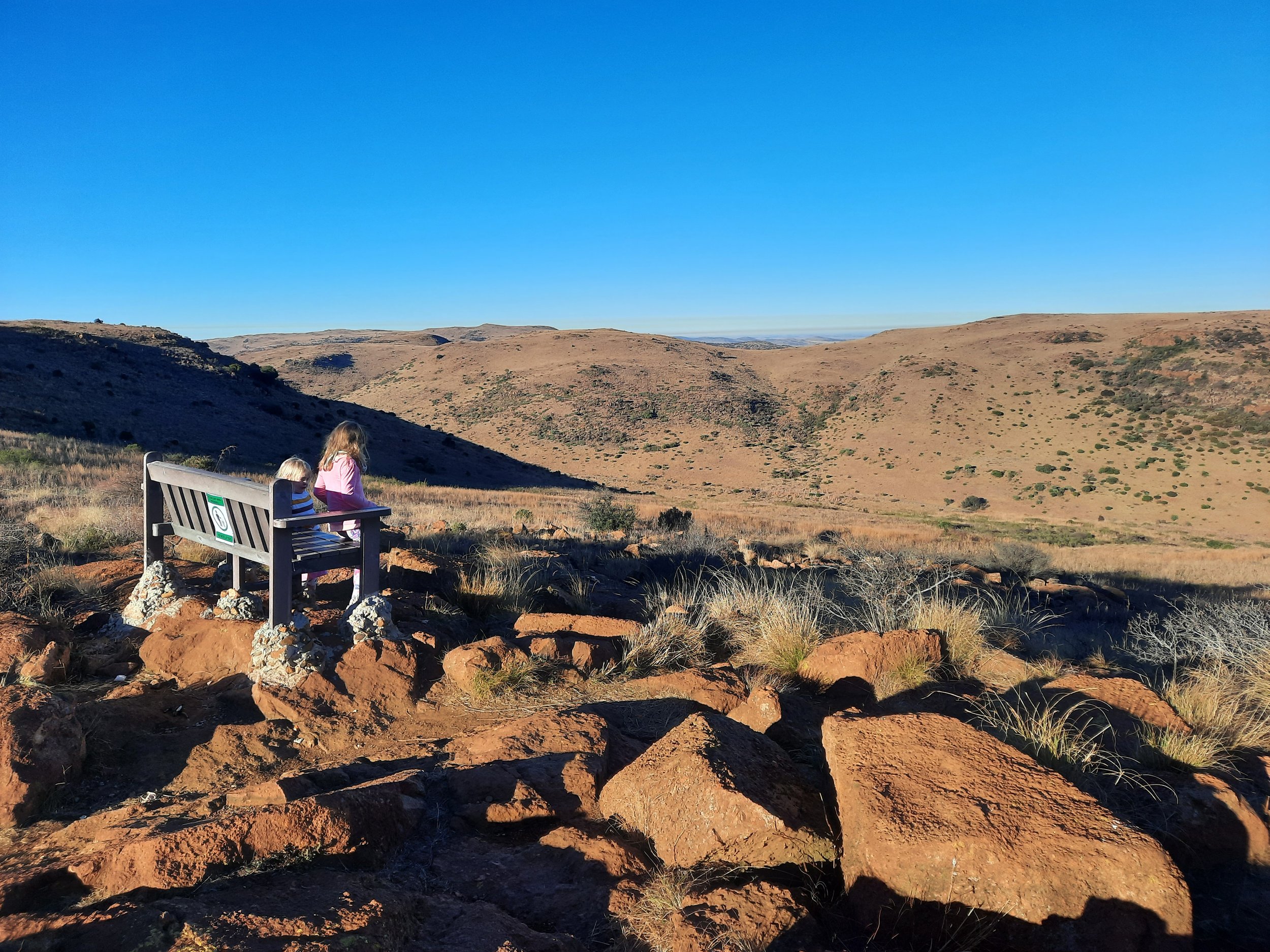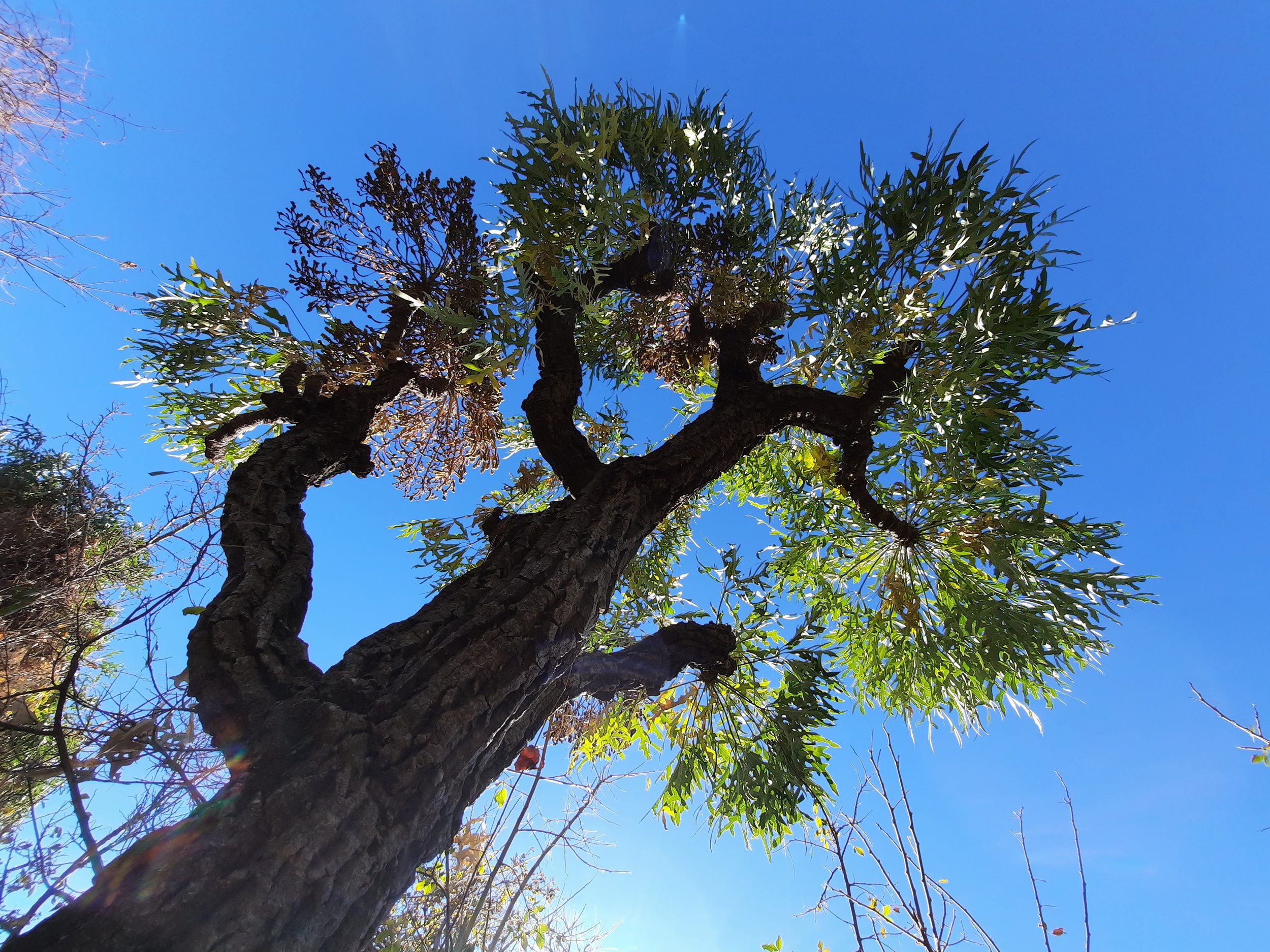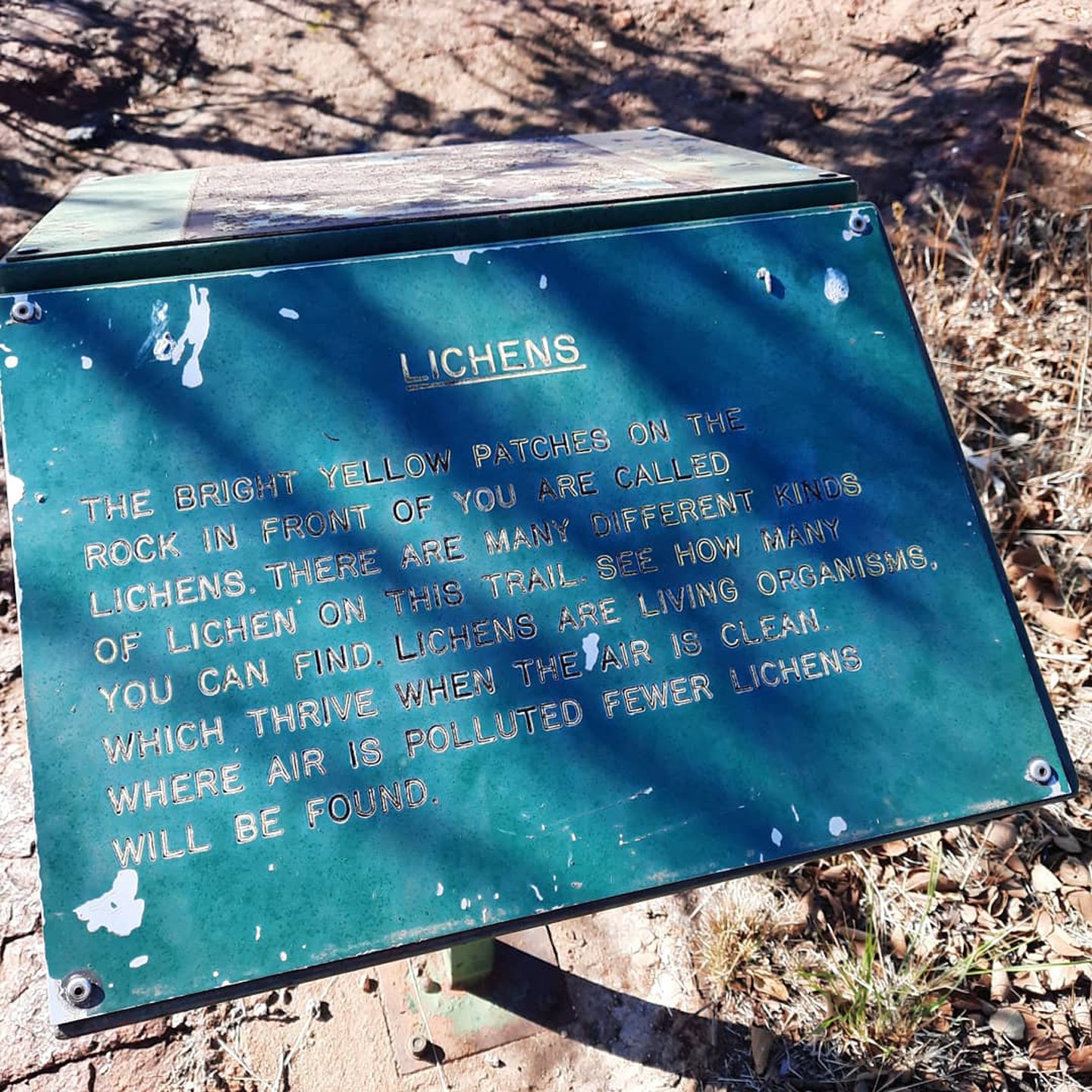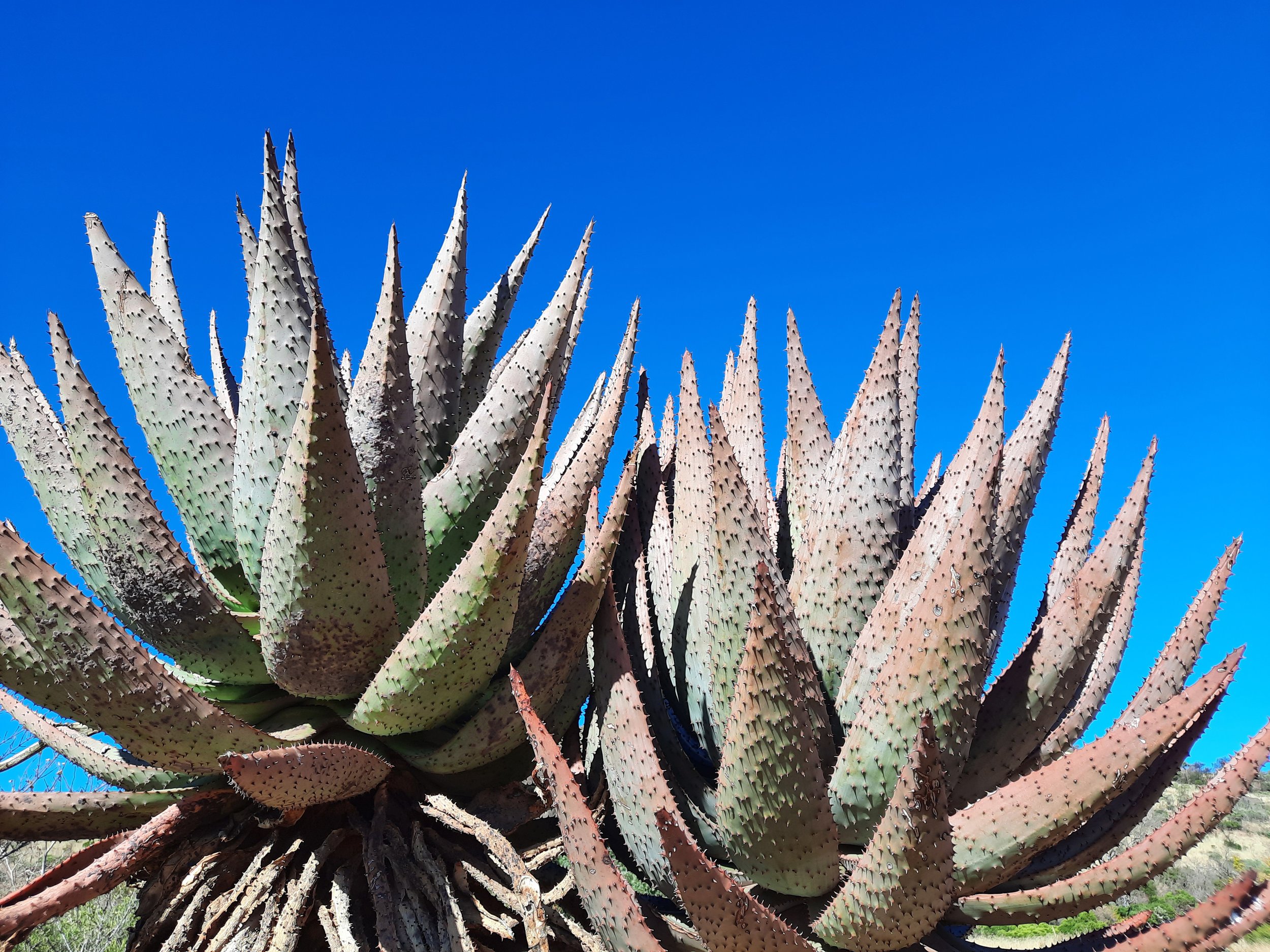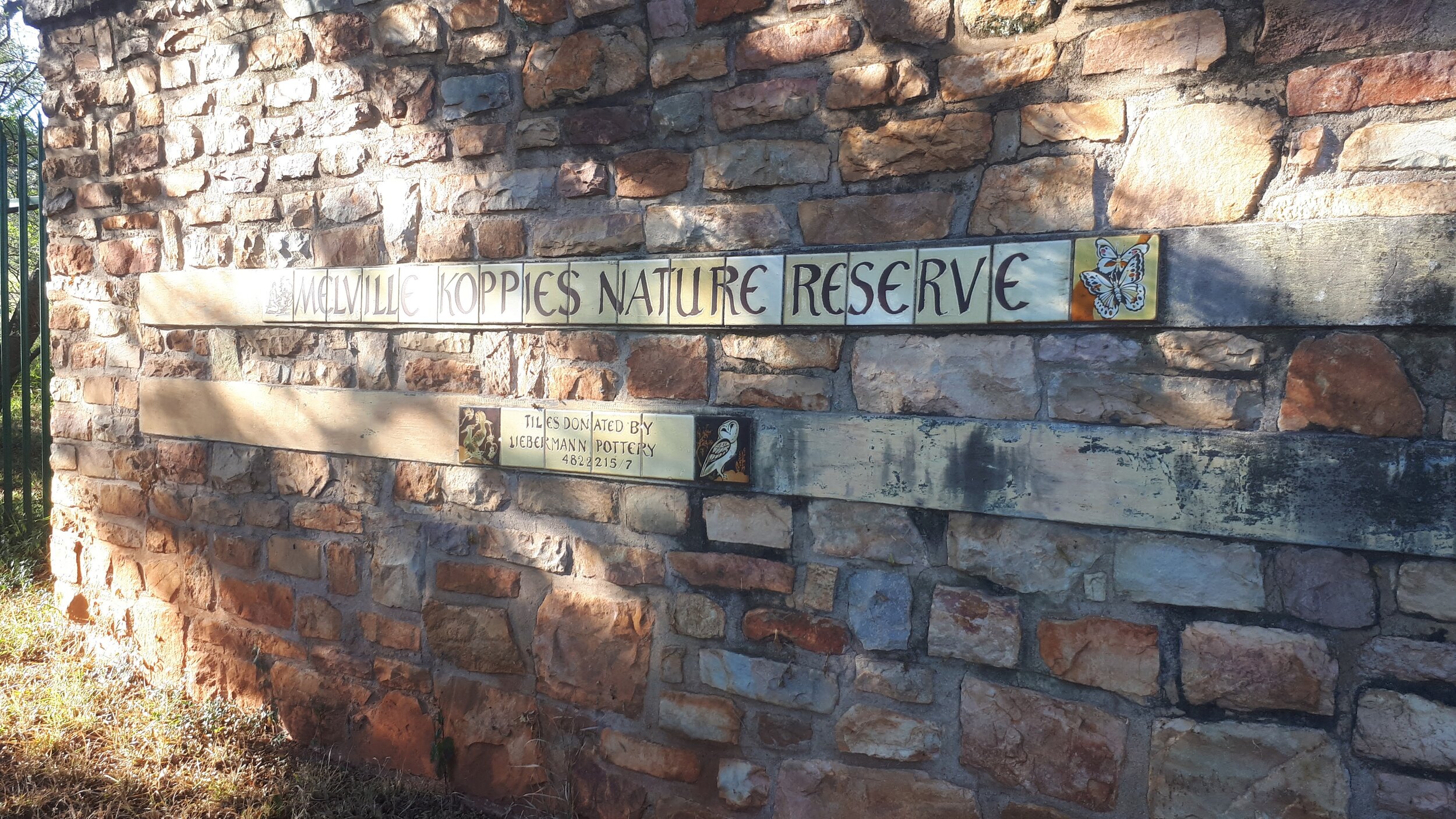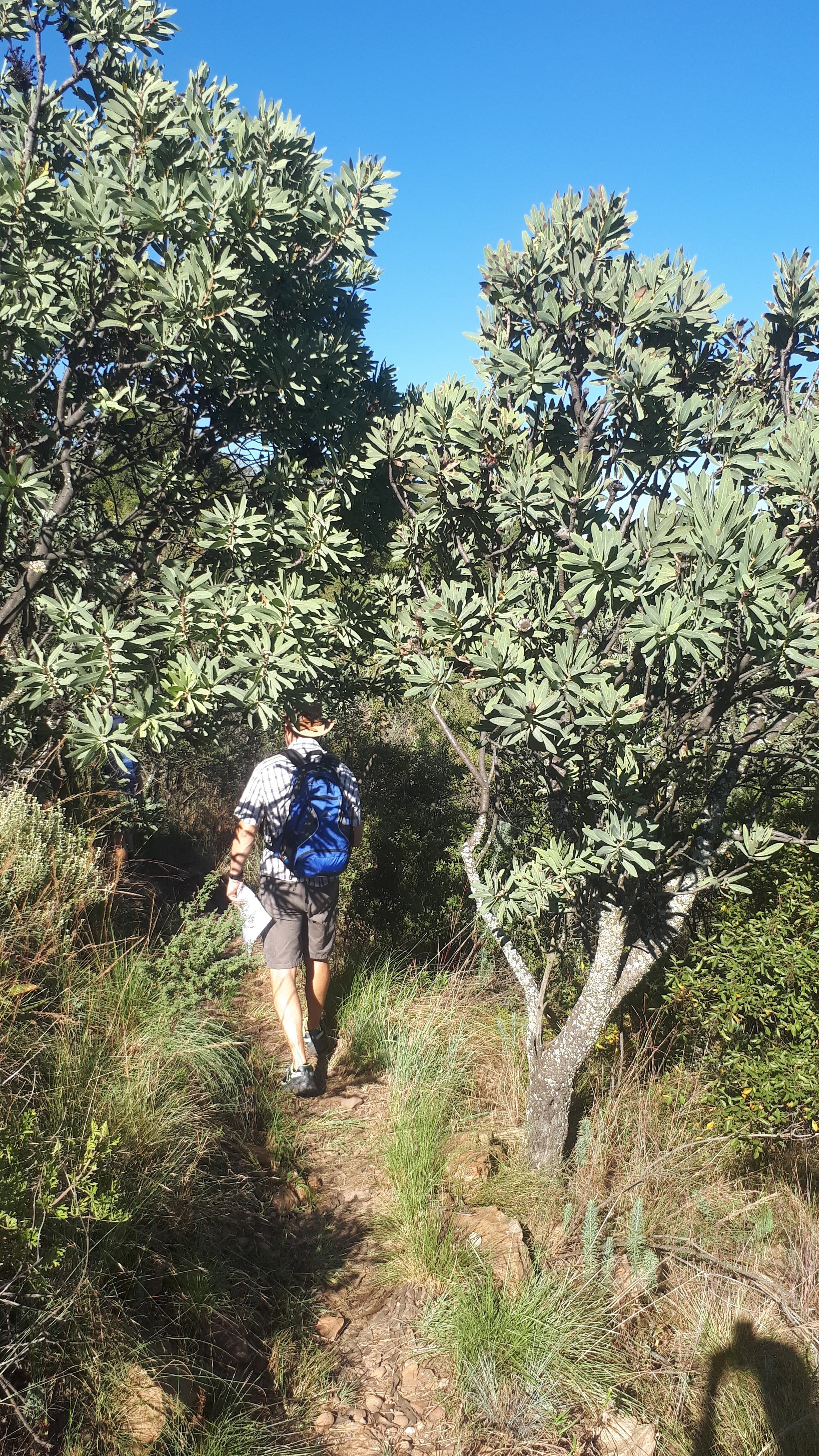It is undeniable that South Africa is filled with incredible nature destinations, and I love visiting them and discovering the beauty that our country holds. One of these destinations is a hidden gem called Mkhambathi Nature Reserve in the Eastern Cape.
location
Mkhambathi Nature Reserve is situated on the coast between Port Edward and Port St Johns and while it is an effort to get there it is definitely worth it. The roads to get there are riddled with potholes and the 40km dirt road stretch from Flagstaff can be challenging. The reserve is bounded by two rivers, the Mtentu to the north and Msikaba to the south.
Information
The reserve covers an area of over 8000ha and consists of open grasslands dotted with forest patches and swamp forests making it a unique landscape to experience. It forms part of the greater Pondoland Marine Protected Area and the Pondoland Centre of Endemism, making it one of the most important centres of plant diversity and endemism in Africa. The reserve is managed by the Eastern Cape Parks and Tourism Agency (ECPTA) and accommodation bookings can be made through their website.
I have added a map here from the information we gathered on our trip as the map they provided isn’t very clear, it is not very detailed but gives you an idea of where the main points of interest are located
History
In 1922 people were moved out of the area and a leper colony with a hospital was established on 18 000 ha of rolling coastal grassland. When leprosy was cured, the facility became a TB hospital. In 1977 a provincial nature reserve was proclaimed in a third of the 18 000 ha. A land claim for the reserve, including the surrounding area, was lodged and granted in 2004 and the applicants were constituted as the Mkhambathi Land Trust (MLT), with the condition that Mkhambathi Nature Reserve be maintained as a reserve and co-managed with ECPTA. The reserve has remained in an untransformed state and there are few settlements in close proximity to it. The adjacent grassland areas are just as valuable in terms of biodiversity and there is a possibility that more land will be incorporated into the reserve in future. (https://www.birdlife.org.za/iba-directory/mkhambathi-nature-reserve/)
Vegetation
Some extremely important vegetation types are protected in Mkhambathi. Examples of the Pondoland-Ugu Sandstone Coastal Sourveld grasslands in this reserve are the only ones under formal conservation, while its Pondoland Scarp Forests are some of the most significant forests in South Africa. The false water-berry Rhynchocalyx lawsonioides and the endangered Pondo palm Jubaeopsis caffra are endemic to this area.
Things to Do
While you may want to relax, there is a lot to keep visitors busy including: fishing in designated areas (with a permit), swimming, mountain biking, birdwatching and self driving to see animals - a 4x4 is necessary especially in the rainy season. We did not have a 4x4 and made use of the game drive service which I highly recommend (enquire at reception for pricing). Most visitors enjoy hiking through the reserve especially along the coast and the trail from Mkhambathi Falls to Horseshoe Falls. There is no dangerous game which makes it safe to explore and we especially enjoyed swimming in the many rock pools - see video below.
Accommodation
When we visited the reserve several years ago, we stayed in GweGwe Rondawels which is an incredible location right at the foot of the ocean. People who visited Mkhambahti in the past would have fond memories of those huts. Apparently these rondawels have been demolished to make way for a new boutique hotel which is said to open in 2024. The current accommodation options are basic but functional cottages.
We loved visiting this reserve and would love to return again as there is a lot to explore!
2 x Stone Cottages while Cottage no.6 is an old house
Tips: Remember that is it is far away from everything with no cellphone signal so you really do relax, but that also means you need to plan well in advance and take everything that you may need. Perhaps the boutique lodge is up and running sometime this year and then you can stay there in luxury!
~ G.S
References:
https://www.birdlife.org.za/iba-directory/mkhambathi-nature-reserve/
https://visiteasterncape.co.za/parks/mkhambathi/
http://bookonline.ecpta.co.za/?q=node/45 - website to book accommodation












